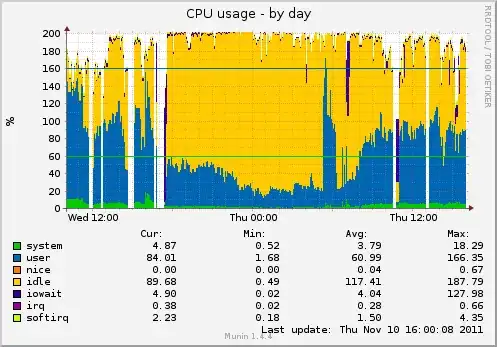I saw a similar question asked here that is closely related, but the provided answer doesn't entirely address my doubts.
Assume a 3 node cluster is configured without a witness node, and all nodes are able to talk to each other.

As the number of nodes is odd, it should be able to achieve a quorum by itself, assuming at least 2 nodes are up and running and able to communicate with each other. This prevents a split-brain situation where multiple nodes could run a service that should only have one active instance at a time.
What if one of the connections breaks and nodes A and B cannot talk to each other, like this:

Then both (A,C) and (B,C) pairs could achieve two separate quorums (green and red) and potentially introduce a split-brain situation - if B was running UniqueService, node A would not know that B is still running and could decide to start it. My question is:
a) is this a real problem, if not, why?
b) if not, is it because both AC and BC pairs can communicate, so any communication between A and B would still work through A <-> C <-> B. If A and B can't communicate, it's due to a bigger issue that quorum is not even trying to solve?